Lateral Reading
It is essential that the tools and ideas we use to teach children and adults originated after the internet became the leading medium used to access information. Pre-internet tools will not dismantle the current disinformation environment. As an academic librarian who teaches about this in credit courses and one-off guest lecturers, I am constantly looking for tools and techniques to use.
Lateral reading is my current approach. Essentially, it means leaving the source to find out about the author or creator of the source. Many other librarians have given this more thought than I, and you can read more in "Educating for Misunderstanding: How Approaches to Teaching Digital Literacy Make Students Susceptible to Scammers, Rogues, Bad Actors, and Hate Mongers." https://purl.stanford.edu/mf412bt5333 This article also debunks old-timey bad advice (e.g. if it's a .org it's credible and to use the CRAAP test). It also covers a more nuanced look at Wikipedia that has proven to land with my students. Thanks!


Hi Adrienne:
Thanks for joining our conversation. Do you have ideas about how to teach people who are no longer in an academic setting to follow the source?
BTW, I was able to update the link and I have let our web developers know there is a problem with hyperlinking.
(just a friendly heads up that the link doesn't work!)
Thank you, Hanna, for pointing that out! For some reason I cannot edit the link properly. If you follow the link and delete the ")." you should get to the white paper. Or copy the link without the end parentheses and period and paste into a new tab. My apologies for the confusion!